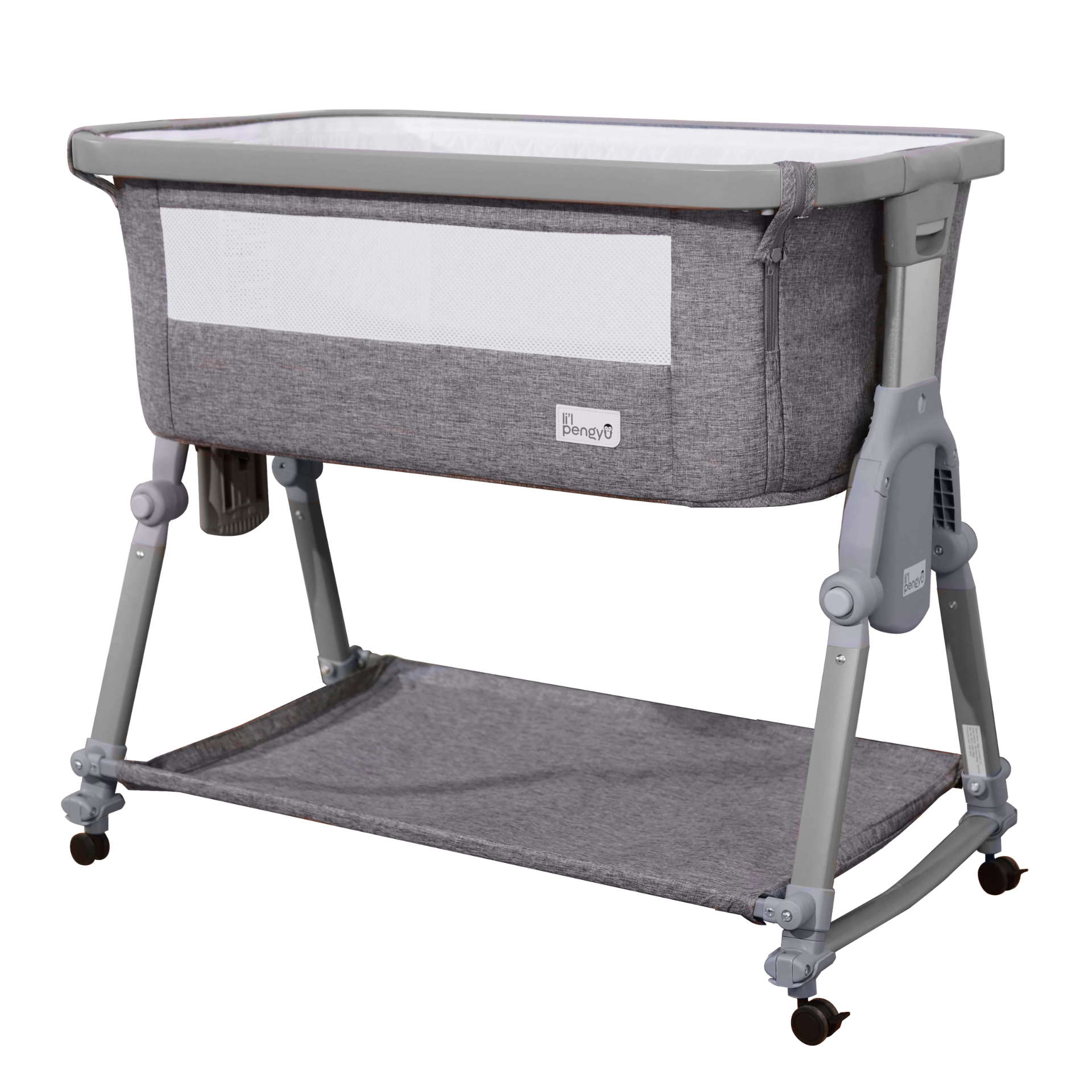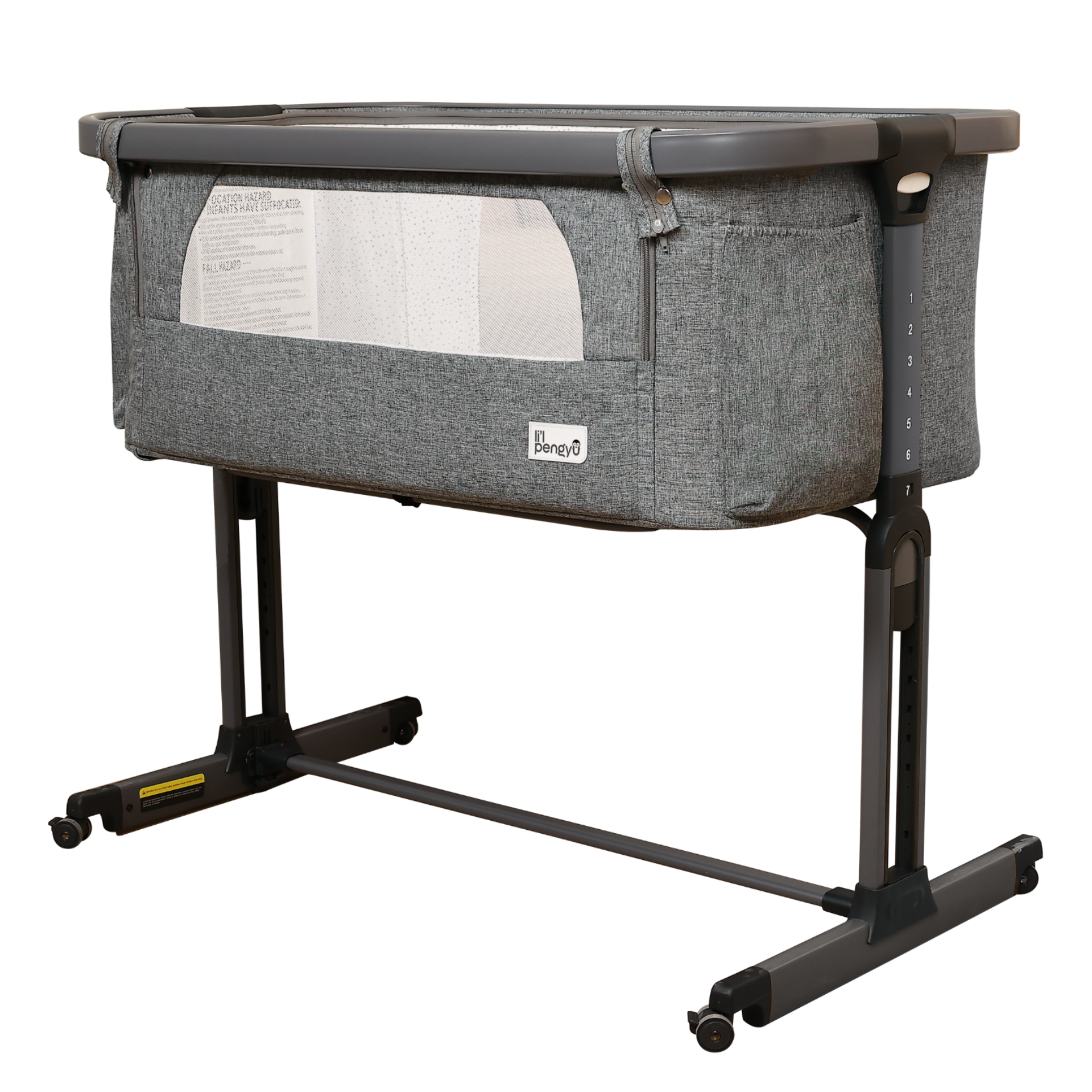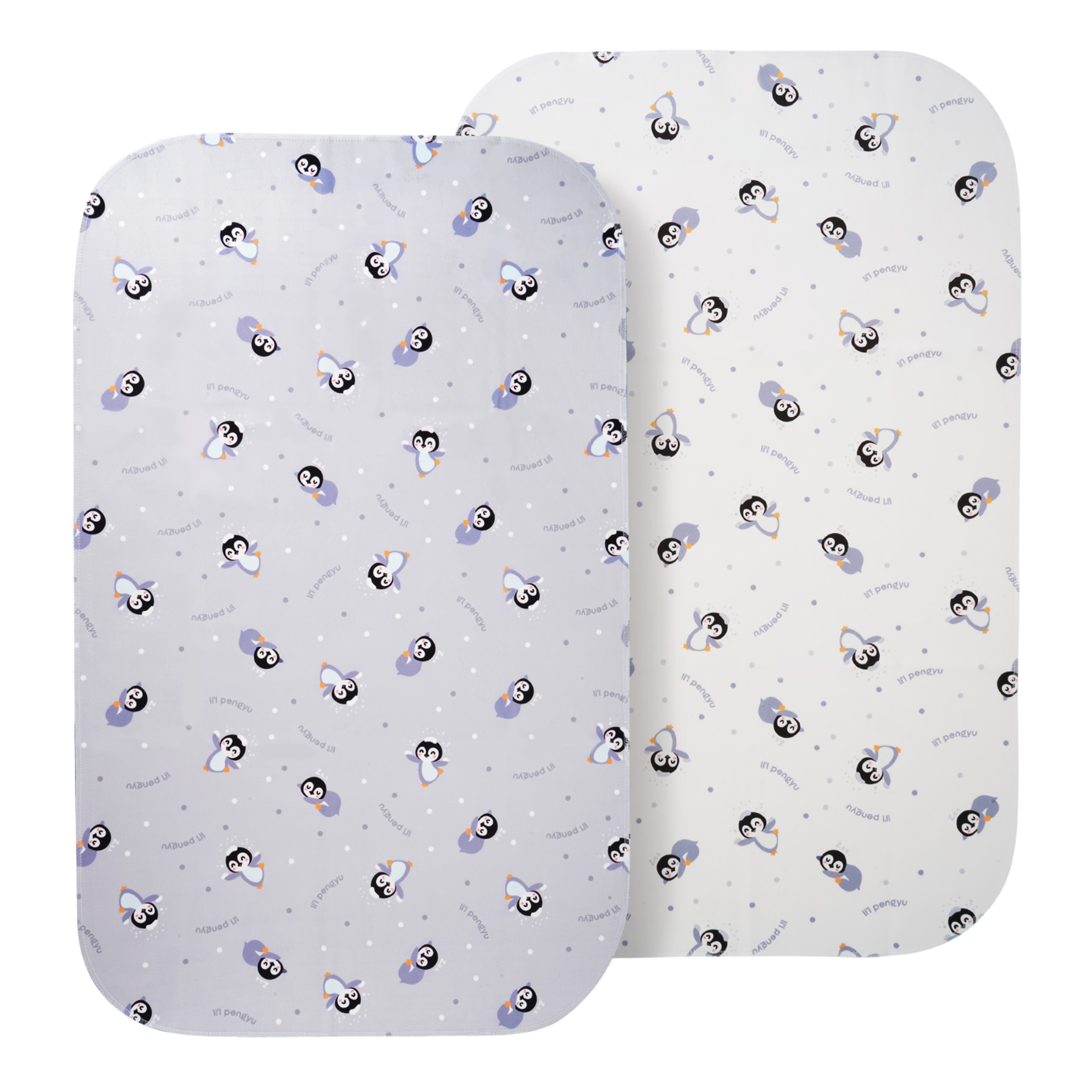How to get your little one used to solid foods

Watching your child grow and discover things is incredible. Seeing their eyes light up with interest and understanding never fails to make you grin. Every new discovery is a milestone that can fill the whole family with joy.
Sometimes, milestones are challenging to achieve. Transitioning to solid foods can be one of those challenging areas, even for experienced parents. Your little one may be hesitant to try new, solid foods but it is recommended by trusted medical establishments that they are introduced to solid foods eventually.
Knowing which solid foods to start with is another confusing point for new parents.
Fortunately, it’s not as difficult as it might seem. In this article, we’ll go over the recommended age to introduce solid table foods, simple, healthy foods to start with, and how to make the process easier.
When to introduce new foods
The Dietary Guidelines for Americans and the American Academy of Pediatrics recommend that babies be introduced to foods other than breast milk or formula when they are approximately 6 months old. Introducing solid foods before the fourth month is not advised as baby’s digestive system is not mature enough yet.
Every child is different, and many parents wonder if their baby is ready for solid foods or if it’s too soon. Some indications that your child is developmentally prepared for solid foods include:
- They can sit up alone or with minimal support
- They can control their head and neck
- They open their mouth when food is presented
- They swallow food instead of pushing it back out onto their chin
- They transfer food from the front to the back of the tongue to swallow
Another sign your baby is probably ready for solid foods is when they bring objects to their mouth, such as toys or food. When several of these signs are present, speak to your pediatrician to see if it’s time for solid food.
The best first solid foods for babies
Parents always want to make the best decisions for their babies, especially with the foods they eat. Processed baby foods often contain preservatives and other chemicals, but many foods are suitable for a baby’s first solid food in their natural state, such as:
Bananas
This grab-and-go fruit is easily mashed and has no dangerous seeds. It’s full of potassium, B6, magnesium, and fiber. Bananas are slightly sweet but not overpowering, making them an instant favorite for many little ones.
Avocados
This buttery fruit can be mashed with a fork and mixed with yogurt to make a delightful first food. Like breast milk, avocados are nutrient-dense and full of healthy, unsaturated fats that boost brain development.
Lentils
Lentils cook into a thick, savory porridge that is perfect for baby food. Other legumes and beans also work, but it’s essential to smash larger beans into bite-size pieces. They’re rich in essential nutrients, iron, and protein. They are best introduced in small quantities to avoid gas.
Sweet potatoes
Sweet potatoes are a typical first food for babies who like sweetness and texture. These multicolored root vegetables contain vitamin C, beta-carotene, iron, and copper. They’re both savory and sweet and easy to mash.
How to get your baby to try new, solid foods
It’s not unusual for a baby to reject a new food simply because it’s new. Fortunately, there are lots of ways to get them to give it a try.
Try it yourself
When your little one sees you trying and enjoying a food, they want to try it. Sometimes, it’s best to pretend to ignore your baby while you enjoy your food. It can make them even more curious.
Children learn by imitation, so now’s a great time to start. Parents aren’t the only ones who can teach babies how to eat new foods, either. Babies imitate people they trust, including older siblings and grandparents.
Presentation matters
Food has to look appetizing before anything else, even to babies. If a baby doesn’t want to try new food, it could be more about how it looks or feels than anything else.
Try changing the way the food looks and how you present it. Put it on a different plate, cut it another way, or arrange it into a shape or picture.
Wait on the utensils
Babies don’t need to immediately learn how to use a fork and spoon. There’s plenty of time for those lessons. When transitioning to solid foods, the most important lesson is to enjoy the taste and texture of the food.
Sometimes forks and spoons just complicate the meal. Consider letting your baby experiment with their hands and fingers to eat. It may help lessen their stress and help them concentrate on what they’re eating.
It’s never a good idea to force your baby to eat anything. It turns eating into a painful and traumatic event. Concentrate on the healthy foods they like to garner the required daily nutrients.
Making the move to table foods is a big time in your little one’s life. Enjoy every moment. They’ll be asking for pizza and ice cream in no time (*wink*).
Your baby’s comfort is our business
Li’l Pengyu cares about making better products for your baby. We know that caring for a new baby can be overwhelming, so we aim to help you and your baby rest and play easy. We have innovative, thoughtful, high-quality baby and toddler products that meet the needs of parents and babies alike.
For more information about our baby gear, look at everything we offer and set up your account today.






